The agricultural land market in Northern Ireland (NI) has surged to unprecedented highs. The average land price in NI stood at £11,444/ac during 2021, up £1,399/ac, or 14% on the year previous.
The sharp rise in prices can be seen across NI, with average prices now sitting at records highs in almost every county. Armagh continues to have the highest land prices in NI, with its average price now sitting at £16,625/ac. This represents a jump of £2,711/ac year-on-year, which is the largest increase seen across all northern counties.
Prices were on a sharp upward trend in Derry, where the average rose by £2,500/ac to reach £10,543/ac. Similarly, the average price in Tyrone jumped by £2,391/ac to sit at £12,601/ac.
Record high averages are also seen in Down (£12,508/ac) and in Antrim (£10,844/ac). The average price in Fermanagh (£6,477/ac) is not the highest on record for the county, but still represents a £701/ac increase on 2020 levels.
As well as rising across all counties, the NI land market also moved upwards in all price ranges. However, by far the sharpest rise is seen at the upper end of the market. The top 25% of land sales in NI averaged £20,140/ac during 2021, up from £14,460/ac the year previous. The bottom 25% of sales averaged £6,563/ac last year, which compares to £5,927/ac during 2020.
The NI land market continues to remain well ahead of prices paid in the Republic of Ireland (ROI). When the NI average land price is converted at the average exchange rate for 2021 (€1=£0.8596), it comes out at €13,313/ac. With the average land price in ROI siting at €11,966/ac, the price differential comes out at €1,347/ac, which is almost €600 more than the north-south gap in 2020.
The long-standing trend of smaller farms making better prices is also backed up by our latest figures. In 2021, agricultural properties in NI under 25ac in size averaged £12,920/ac. This compares to £11,225/ac for lots between 25-49ac and £10,205/ac for properties over 50ac in size.
While demand for land has risen, the supply side of the equation has remained remarkably steady. Our records indicate that there were 11,885ac of agricultural land publicly offered up for sale in NI during 2021. The figure is very similar to 2020, with the total area for sale rising by just 0.6% last year. The average lot size in NI is unchanged year-on-year and stands at 28ac. Overall, 425 separate agricultural properties were publicly offered up for sale in NI last year.
A good year financially across almost all farming sectors in NI saw more farmer activity in the market. Although dependent on the exact area of NI, most auctioneers state that farmers are prepared to bid land to £12,000/ac or more. After that, it is farmers with significant off-farm income, or business people with farming interests, that tend to push land on to the dizzy heights of £14,000/ac and beyond.
With the likes of the construction industry performing especially well at present, several auctioneers note that part-time farmers with significant interests in the building trade have been active in the NI land market over the past year.
It must also be noted that not all land sells well when it comes to market. Poorer-quality land tends to stay on the market for longer and is more likely to be eventually withdrawn. One auctioneer said that “managing the expectations” of some vendors can be difficult task when they hear stories of better-quality land in their local area selling for strong prices.
Young people should still enquire about road frontage when seeking a spouse because our survey results indicate that access remains a key driver of land value. Properties that are located on shared laneways, or have any sort of access issue, tend to meet lesser demand from bidders. Banks and lending institutions can also be wary of financing the purchase of these types of properties.
The NI farming industry is facing huge uncertainties, from climate change legislation to tighter environmental regulations, new farm support schemes, and post-Brexit trading arrangements. Despite that, the outlook for the NI land market is remarkably robust. A key factor is a large proportion of the rural population still have a strong desire to own land and run farms.
Also, stricter rules on planning permission for agricultural buildings means NI farmers are now having to increase their land base when expanding their business, instead of constructing a pig or poultry shed as they may have done in the past.
In the longer term, any potential caps on livestock numbers, or new limits on stocking rates or fertiliser use, would likely increase the demand for farmland further. Any future schemes for soil carbon credits or companies entering the NI market to buy land for offsetting emissions would have a similar effect.
Another reason for a bullish outlook is that an oversupply of land coming to market seems extremely unlikely. Our records consistently show that well under 1% of the agricultural land area in NI is publicly advertised for sale each year. In 2021, the figure stood at 0.57%, and there is no indication that it will increase sharply in the coming years. As long as that is the case, the tight supply of NI farmland for sale is likely to keep underpinning the very strong demand.
Hill land averages £2,400/ac
In a separate survey of hill ground and rough grazing, the average selling price in NI last year was £2,400/ac. This represents a decrease of £495/ac, or 17%, from the 2020 survey.
The quality of land and subsequent selling prices in this survey can vary widely and this impacts on the overall average. Prices last year ranged from £2,050/ac for 100ac of heathland in Fermanagh, to £3,200/ac for 25ac of parkland in Tyrone.
NI land survey background
Details of all agricultural land in NI that was publicly advertised for sale in newspapers and online during 2021 were recorded and selling agents were later contacted for updates on sales.
Only land that could be described as arable, cuttable for silage or good-quality grazing was included in the main NI survey. The auctioneer’s valuation of other features such as houses or building sites were deducted from sale price if it inflated the per acre land price.
We extend our sincere gratitude to the auctioneers and estate agents who participated in the survey.
The agricultural land market in Northern Ireland (NI) has surged to unprecedented highs. The average land price in NI stood at £11,444/ac during 2021, up £1,399/ac, or 14% on the year previous.
The sharp rise in prices can be seen across NI, with average prices now sitting at records highs in almost every county. Armagh continues to have the highest land prices in NI, with its average price now sitting at £16,625/ac. This represents a jump of £2,711/ac year-on-year, which is the largest increase seen across all northern counties.
Prices were on a sharp upward trend in Derry, where the average rose by £2,500/ac to reach £10,543/ac. Similarly, the average price in Tyrone jumped by £2,391/ac to sit at £12,601/ac.
Record high averages are also seen in Down (£12,508/ac) and in Antrim (£10,844/ac). The average price in Fermanagh (£6,477/ac) is not the highest on record for the county, but still represents a £701/ac increase on 2020 levels.
As well as rising across all counties, the NI land market also moved upwards in all price ranges. However, by far the sharpest rise is seen at the upper end of the market. The top 25% of land sales in NI averaged £20,140/ac during 2021, up from £14,460/ac the year previous. The bottom 25% of sales averaged £6,563/ac last year, which compares to £5,927/ac during 2020.
The NI land market continues to remain well ahead of prices paid in the Republic of Ireland (ROI). When the NI average land price is converted at the average exchange rate for 2021 (€1=£0.8596), it comes out at €13,313/ac. With the average land price in ROI siting at €11,966/ac, the price differential comes out at €1,347/ac, which is almost €600 more than the north-south gap in 2020.
The long-standing trend of smaller farms making better prices is also backed up by our latest figures. In 2021, agricultural properties in NI under 25ac in size averaged £12,920/ac. This compares to £11,225/ac for lots between 25-49ac and £10,205/ac for properties over 50ac in size.
While demand for land has risen, the supply side of the equation has remained remarkably steady. Our records indicate that there were 11,885ac of agricultural land publicly offered up for sale in NI during 2021. The figure is very similar to 2020, with the total area for sale rising by just 0.6% last year. The average lot size in NI is unchanged year-on-year and stands at 28ac. Overall, 425 separate agricultural properties were publicly offered up for sale in NI last year.
A good year financially across almost all farming sectors in NI saw more farmer activity in the market. Although dependent on the exact area of NI, most auctioneers state that farmers are prepared to bid land to £12,000/ac or more. After that, it is farmers with significant off-farm income, or business people with farming interests, that tend to push land on to the dizzy heights of £14,000/ac and beyond.
With the likes of the construction industry performing especially well at present, several auctioneers note that part-time farmers with significant interests in the building trade have been active in the NI land market over the past year.
It must also be noted that not all land sells well when it comes to market. Poorer-quality land tends to stay on the market for longer and is more likely to be eventually withdrawn. One auctioneer said that “managing the expectations” of some vendors can be difficult task when they hear stories of better-quality land in their local area selling for strong prices.
Young people should still enquire about road frontage when seeking a spouse because our survey results indicate that access remains a key driver of land value. Properties that are located on shared laneways, or have any sort of access issue, tend to meet lesser demand from bidders. Banks and lending institutions can also be wary of financing the purchase of these types of properties.
The NI farming industry is facing huge uncertainties, from climate change legislation to tighter environmental regulations, new farm support schemes, and post-Brexit trading arrangements. Despite that, the outlook for the NI land market is remarkably robust. A key factor is a large proportion of the rural population still have a strong desire to own land and run farms.
Also, stricter rules on planning permission for agricultural buildings means NI farmers are now having to increase their land base when expanding their business, instead of constructing a pig or poultry shed as they may have done in the past.
In the longer term, any potential caps on livestock numbers, or new limits on stocking rates or fertiliser use, would likely increase the demand for farmland further. Any future schemes for soil carbon credits or companies entering the NI market to buy land for offsetting emissions would have a similar effect.
Another reason for a bullish outlook is that an oversupply of land coming to market seems extremely unlikely. Our records consistently show that well under 1% of the agricultural land area in NI is publicly advertised for sale each year. In 2021, the figure stood at 0.57%, and there is no indication that it will increase sharply in the coming years. As long as that is the case, the tight supply of NI farmland for sale is likely to keep underpinning the very strong demand.
Hill land averages £2,400/ac
In a separate survey of hill ground and rough grazing, the average selling price in NI last year was £2,400/ac. This represents a decrease of £495/ac, or 17%, from the 2020 survey.
The quality of land and subsequent selling prices in this survey can vary widely and this impacts on the overall average. Prices last year ranged from £2,050/ac for 100ac of heathland in Fermanagh, to £3,200/ac for 25ac of parkland in Tyrone.
NI land survey background
Details of all agricultural land in NI that was publicly advertised for sale in newspapers and online during 2021 were recorded and selling agents were later contacted for updates on sales.
Only land that could be described as arable, cuttable for silage or good-quality grazing was included in the main NI survey. The auctioneer’s valuation of other features such as houses or building sites were deducted from sale price if it inflated the per acre land price.
We extend our sincere gratitude to the auctioneers and estate agents who participated in the survey.



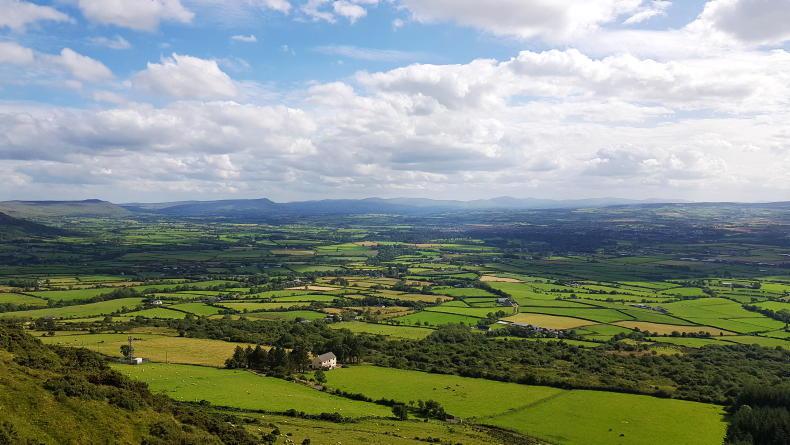

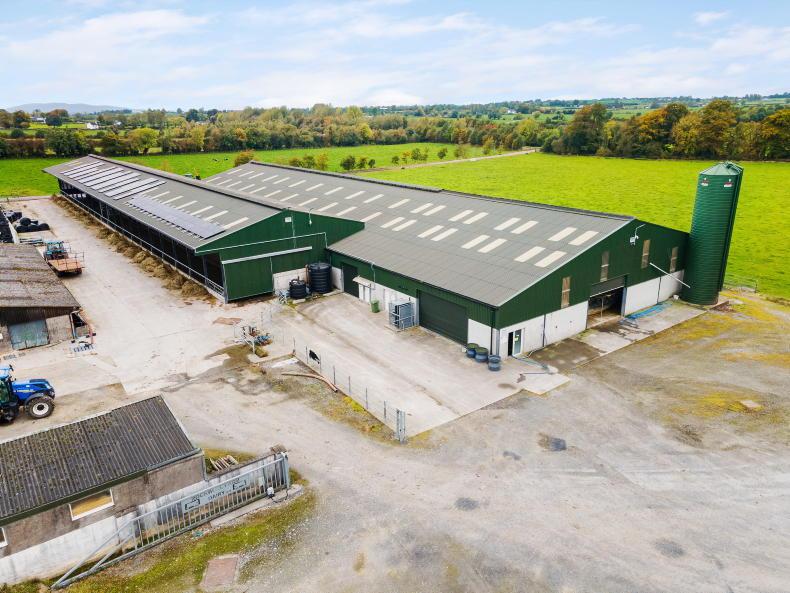

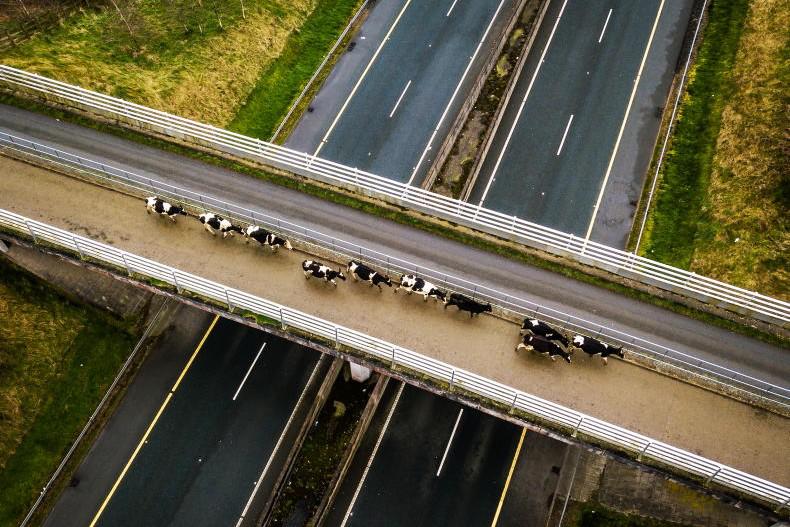
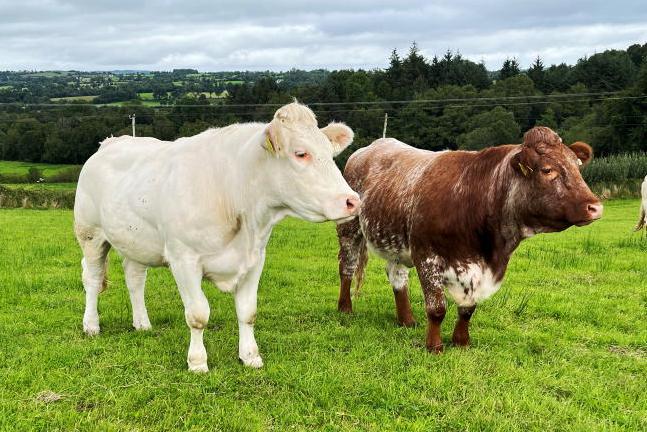
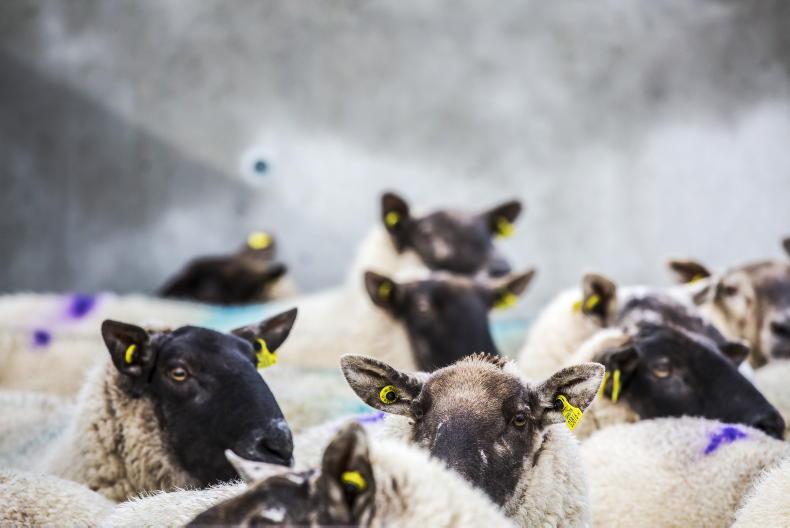
SHARING OPTIONS